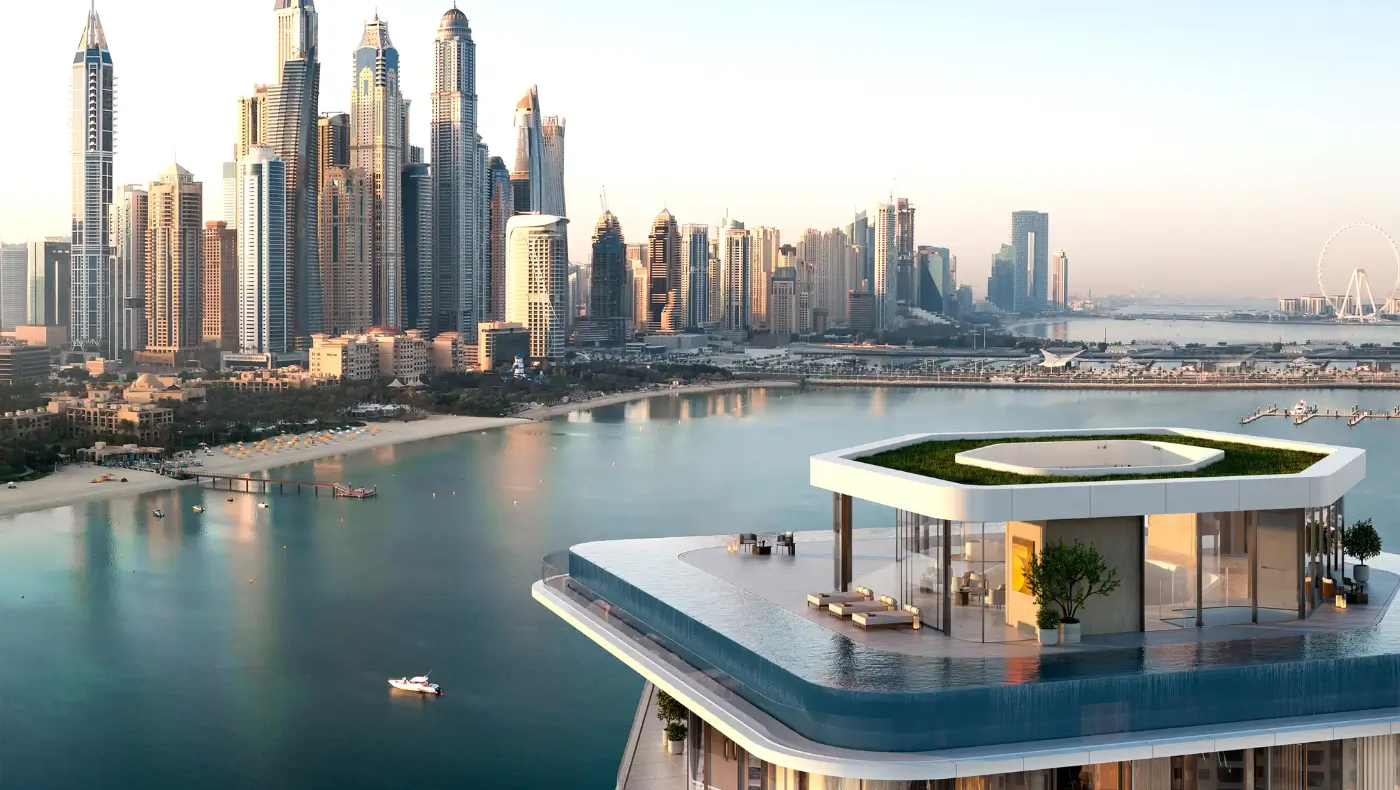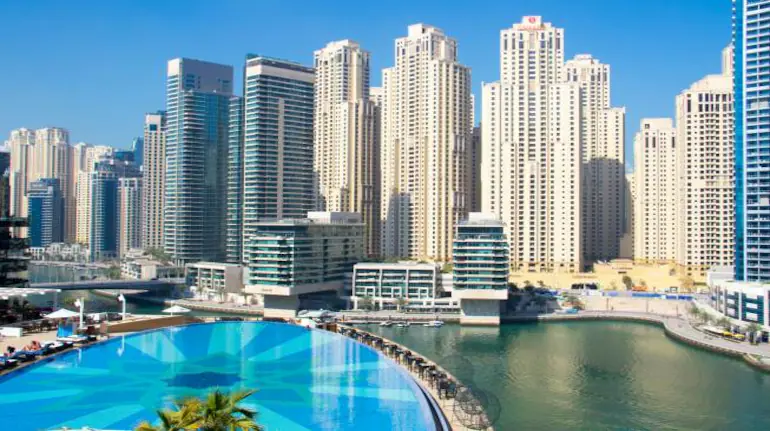Now Reading: Investing in Luxury Property 2025: High Risk or Big Reward?
-
01
Investing in Luxury Property 2025: High Risk or Big Reward?
Investing in Luxury Property 2025: High Risk or Big Reward?

Table of Contents
In 2025, luxury property has become one of the most talked-about investment options around the world. From Dubai to New York, London to Singapore, wealthy buyers and investors are competing for prime real estate that offers exclusivity, prestige, and long-term growth. But the big question remains: is investing in luxury property in 2025 a safe bet or a risky move?
This year has been shaped by rising interest rates, geopolitical tensions, and changing lifestyle choices. While some investors see luxury homes as a strong hedge against inflation and a secure store of wealth, others warn that overvaluation and global economic uncertainty could bring unexpected risks. Let’s take a closer look at both sides of the story—what makes luxury property attractive, and where the hidden risks lie.
The Appeal of Luxury Property Investments
1. Prestige and Exclusivity

Luxury properties are more than just homes they are status symbols. Owning a penthouse in Dubai Marina, a mansion in Beverly Hills, or a historic villa in Tuscany is often seen as a mark of success. This exclusivity ensures that high-net-worth individuals (HNWIs) continue to demand such properties, no matter the market cycle.
2. Long-Term Value Growth

Historically, prime real estate in global hubs has shown strong appreciation. Cities like London and New York have demonstrated resilience even during economic downturns, bouncing back faster than mid-market properties. In 2025, despite higher interest rates, luxury homes are still attracting cash-rich buyers who are less sensitive to mortgage costs.
3. Hedge Against Inflation

Real estate has traditionally been considered a safe hedge against inflation. In uncertain times, investors prefer to put their money into tangible assets rather than stocks or currencies. Luxury property, with its limited supply and global demand, often performs well in inflationary environments.
4. Lifestyle and Rental Returns

Many luxury properties are located in destinations that double as vacation hotspots. This creates opportunities for investors to earn rental income through platforms targeting high-end travelers. For example, a beachfront villa in Bali or the Maldives can generate substantial short-term rental returns while also appreciating in value.
The Risks Investors Must Consider
1. High Entry Costs

Luxury properties are expensive, with prices starting in the millions. This makes entry difficult for smaller investors and increases the risk of concentration tying up too much capital in a single asset.
2. Market Volatility

While prime properties are resilient, they are not immune to downturns. In 2025, cities such as Hong Kong and parts of Europe are facing price corrections due to rising borrowing costs and slowing economies. Investors who buy at the peak could face short-term losses.
3. Liquidity Challenges

Unlike stocks or bonds, real estate cannot be sold instantly. Luxury homes, in particular, may take months or even years to find the right buyer, especially in uncertain times. For investors who need quick access to cash, this lack of liquidity can be a major drawback.
4. Changing Buyer Preferences

The definition of luxury is evolving. Younger wealthy buyers often prefer eco-friendly, tech-enabled, and wellness-focused properties. Investors who put money into outdated or traditional luxury homes may find that demand shifts away, reducing long-term appreciation.
Regional Highlights: Where to Watch in 2025
Dubai
Dubai remains one of the hottest luxury property markets in 2025. The city has seen record-breaking sales of mansions on Palm Jumeirah and branded residences with global names like Bulgari and Versace. Investors are drawn by zero income tax, a strong tourism industry, and government initiatives that welcome foreign buyers. However, the fast pace of development raises concerns about oversupply in certain segments.
London
London continues to attract international investors, especially from the Middle East and Asia. Despite Brexit-related challenges in the past, the city’s luxury market has remained resilient. Currency fluctuations have made prime properties more attractive to overseas buyers, though high taxes and political uncertainty remain risks.
United States
Cities like Miami, Los Angeles, and New York are still leading luxury hubs. Miami in particular has grown as a magnet for tech entrepreneurs and international investors. But rising interest rates and affordability concerns could slow down the pace of appreciation.
Asia-Pacific
Singapore and Sydney are also seeing strong demand for luxury property in 2025. These cities offer political stability and lifestyle appeal. However, strict government regulations on foreign ownership and rising living costs could limit growth.
Who Should Invest in Luxury Property in 2025?
Luxury property is not for every investor. It is best suited for:
- High-net-worth individuals who can afford the high entry costs.
- Long-term investors who can hold assets for years without needing quick liquidity.
- Global investors who want to diversify across markets and currencies.
- Lifestyle buyers who value both investment returns and personal use of the property.
For others, luxury real estate investment trusts (REITs) or fractional ownership platforms may provide easier access with lower risks.
Balancing Risk and Reward
In 2025, investing in luxury property is both an opportunity and a challenge. The rewards can be significant capital appreciation, prestige, and rental income. At the same time, risks such as market volatility, liquidity issues, and shifting buyer preferences cannot be ignored.
The smartest investors will balance these factors by diversifying their portfolio, choosing prime locations with long-term demand, and keeping an eye on changing global economic conditions.
Final Word
Luxury property in 2025 continues to attract global attention as one of the most glamorous and potentially profitable asset classes. But like any investment, it comes with both risks and rewards. For those with the financial strength, patience, and vision, the opportunities are still bright. Yet for cautious investors, understanding the challenges is just as important as chasing the dream of owning a luxury mansion or penthouse.
READ MORE:- Inside the World of Business Acquisitions: Secrets of Corporate Growth 2025






















